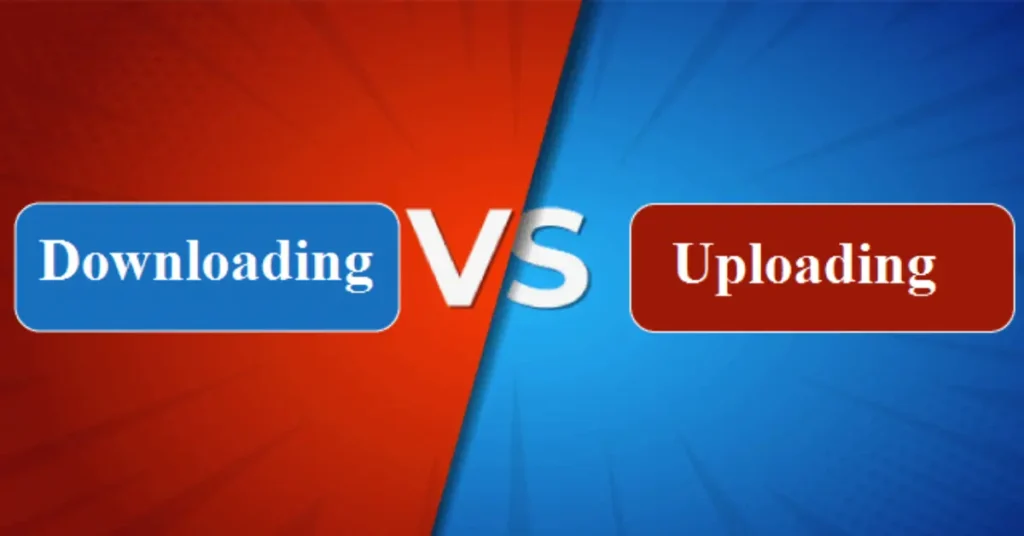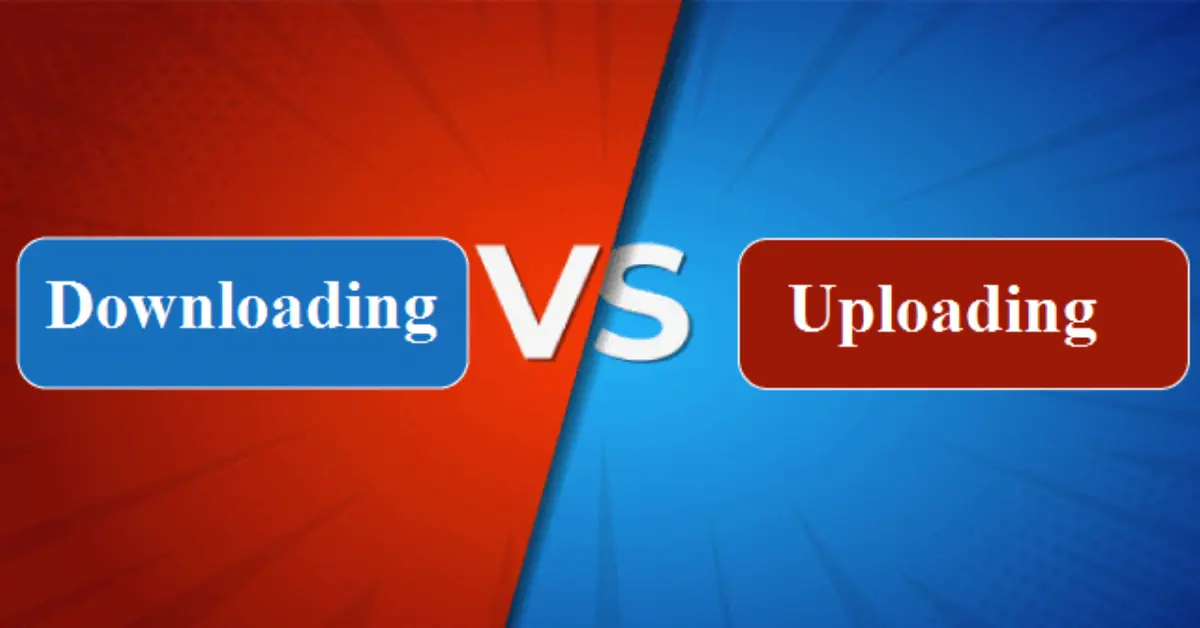In the digital era, the terms uploading and downloading are commonplace, but their meanings and implications are often misunderstood. This article delves into the differences between these two fundamental processes, exploring their roles in our daily interaction with the internet and digital devices.
Definitions of Uploading and Downloading
Definition of Uploading
Uploading refers to the process of transferring data from a local computer or device to a remote server or system over a network. This can include sending emails, posting photos on social media, or adding files to cloud storage.
Definition of Downloading
On the other hand, is the process of transferring data from a remote server or system to a local computer or device. This encompasses actions such as receiving emails, saving images from the internet, or installing software and apps.

Table Comparison
| Aspect | Uploading | Downloading |
|---|---|---|
| Direction | From local device to remote server | From remote server to local device |
| Purpose | To share, store, or publish data online | To receive, use, or view data offline |
| Examples | Uploading a video to YouTube | Downloading a movie from Netflix |
| Required Speed | Upload speed is crucial | Download speed is key |
| Data Limitations | Often limited by hosting services | Limited by the user’s storage capacity |
Frequently Asked Questions (FAQs)
Q: Is uploading generally slower than downloading?
A: Yes, in many networks, upload speeds are slower than download speeds due to the higher demand for downloading data.
Q: Can I upload and download simultaneously?
A: Yes, most modern networks support simultaneous uploading and downloading, but this might affect the overall speed.
Q: Why do some websites limit my upload size?
A: Limitations on upload sizes are often in place to manage server storage capacity and ensure efficient network performance.
Q: Does downloading use more internet data than uploading?
A: It depends on the size of the files being uploaded or downloaded. Generally, the data usage is proportional to the file size, regardless of the direction of transfer.
Conclusion
Understanding the differences between uploading and downloading is key to navigating the digital world. While they are two sides of the same coin, their distinct roles and implications for internet usage, speed requirements, and data management are critical for efficient and effective digital communication and information exchange. Both processes are integral to our daily digital interactions, each with its unique characteristics and considerations.
